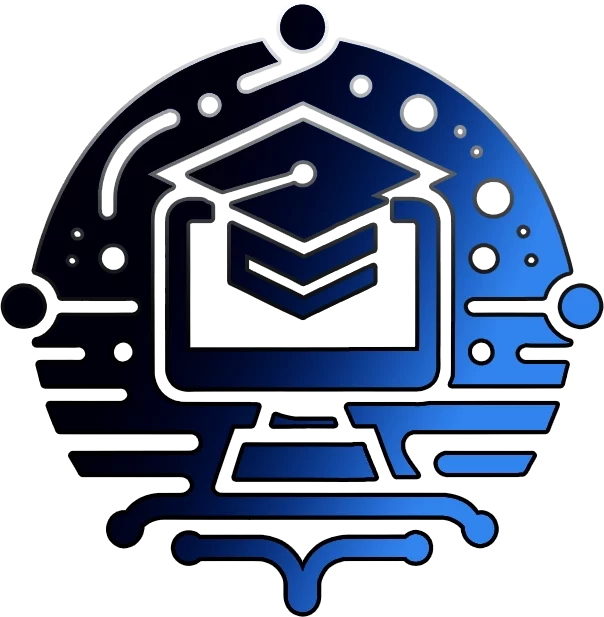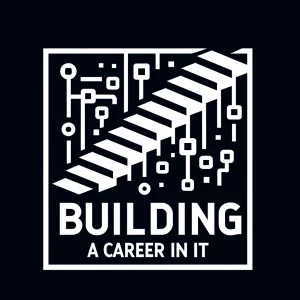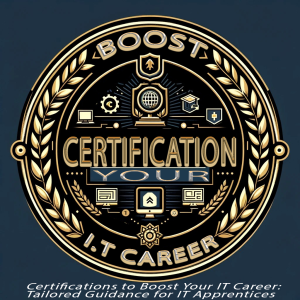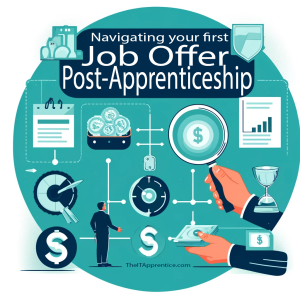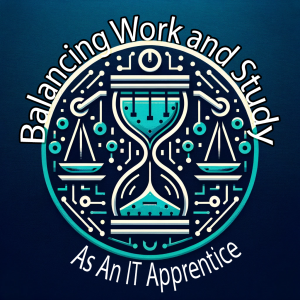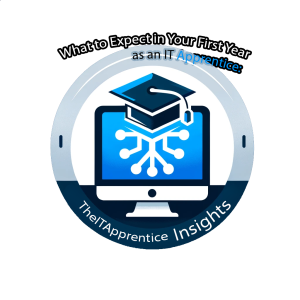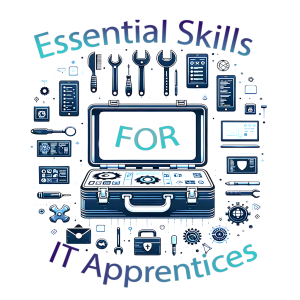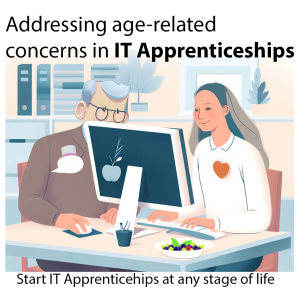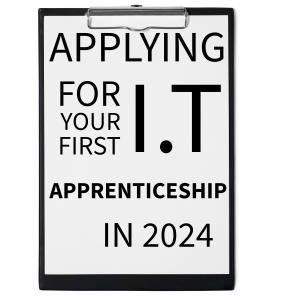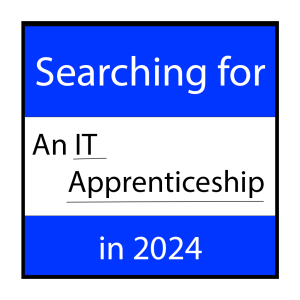Navigate and Master the complex world of Mental Health in IT: with resilience, focus, and well-being with our Strategies for Success handbook
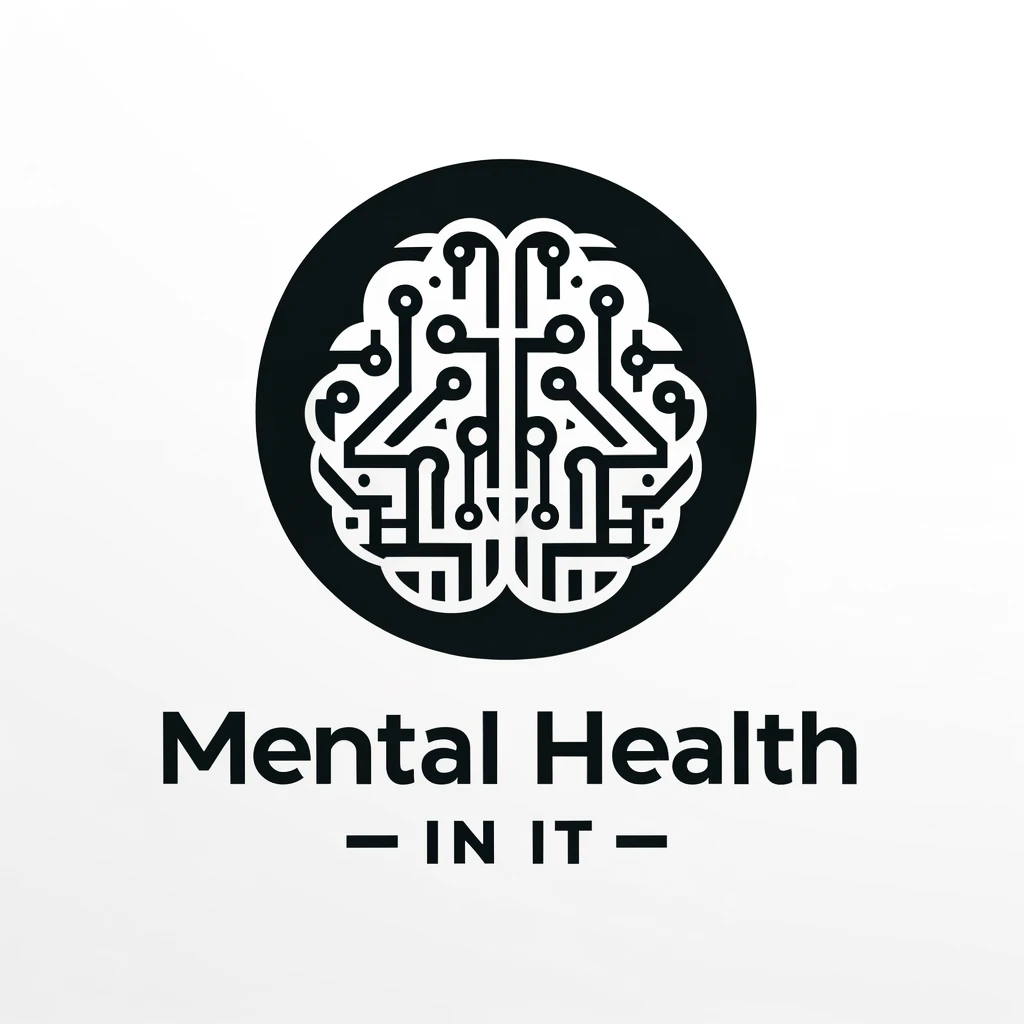
In this in-depth exploration, we dive into the unique mental challenges faced by IT professionals at every stage of their journey. From the trials of the IT apprentice to the tribulations of the seasoned tech leader, we examine key strategies for resilience, wellbeing, and peak performance.
Discover how to harness the power of a growth mindset, effective stress management techniques, and cutting-edge tools to optimize your cognitive performance. Whether you’re debugging code, managing infrastructure, or leading digital transformation, this guide will equip you with the mental tools to thrive in the fast-paced world of IT.
Mental Health in IT Handbook: 2024
Get ready to learn how to up your mental game and your full potential. Let’s dive in🚀
Challenges & Growth
The pursuit of excellence in IT often feels like rolling a boulder uphill, only to watch it roll back down in an endless cycle of challenges and achievements. But these challenges are actually catalysts for immense growth.
Embrace Challenges as Opportunities
- View obstacles as chances to acquire new skills
- Dive deeper into your craft with each hurdle
- Develop a resilient problem-solving mindset
Break Down Complexity
- Divide overwhelming projects into manageable tasks
- Focus on one component at a time
- Celebrate small wins to maintain motivation
Key Strategies for Mental Well-Being in IT
Prioritize Self-Care
- Take regular breaks to avoid burnout
- Practice mindfulness to stay grounded
- Set boundaries to protect your focus & energy
Cultivate Focus & Organization
- Leverage digital tools to manage tasks & notes
- Minimize distractions with time-blocks & focus aids
- Communicate boundaries to protect deep work time
Build Resilience & Grit
- Reframe setbacks as learning opportunities
- Develop a growth mindset
- Celebrate wins & progress, big and small
Leveraging Tech for Mental Health in IT
Technology can be a powerful ally for mental well-being when used intentionally:
- Digital tools like task managers & note-taking apps help boost organization & focus
- Mindfulness & wellness apps support stress management & work-life balance
- Online communities provide support, resources & connection for navigating IT stressors
The key is to use tech proactively for productivity & well-being vs reactive, mindless distraction. Be intentional about your relationship with tech – harness its benefits while setting healthy boundaries.
Mental Agility is the Key to IT Success
Success in IT is not about clinging to one way of thinking or problem-solving. It’s about flexibility – the ability to acquire new skills, adapt to change, and push beyond your comfort zone.
By mastering your mental game – managing stress, maintaining focus amidst distractions, persisting through challenges – you’ll build the resilience to thrive long-term in this dynamic field.
Embrace continuous learning. Prioritize self-care. Stay agile in both mind and tech skills. This is the path to a truly successful and sustainable IT career.
Further Resources & Support for Mental Health in IT
-
- Mind UK – Free mental health resources & support services
-
- The Self Space, London – Flexible therapy options catered to professionals
-
- IT Mental Health Toolkit – Tips for stress management, focus, and resilience as an IT pro
Mental Health Strategies for Every IT Role
No matter your specific role in IT, mastering your mental game is crucial for long-term success and well-being. Here are tailored tips for common IT positions:
Software Developers & Programmers
-
- Practice code meditation: Use coding as a mindfulness activity, fully engaging with the process
-
- Take regular stretch breaks to combat the physical stress of desk work
-
- Join a supportive coding community to share struggles and celebrate successes
IT Support & Help Desk Technicians
-
- Cultivate empathy & patience when dealing with frustrated users
-
- Set boundaries with users and colleagues to prevent burnout
-
- Debrief with your team after tough cases to process stress & learn
Network & System Administrators
-
- Establish clear maintenance windows to protect off-hours recovery time
-
- Cross-train with your team to prevent any one person from being constantly on-call
-
- Practice disaster recovery scenarios to boost preparedness & confidence
Cybersecurity Professionals
-
- Stay informed without doom-scrolling security news 24/7
-
- Prioritize threats to manage analysis paralysis & perfectionism
-
- Engage in threat-free hobbies to mentally disconnect from the adversarial mindset
Data Analysts & Scientists
-
- Timebox exploratory analysis to avoid endless rabbit holes
-
- Collaborate with non-technical stakeholders to get fresh perspectives on tricky datasets
-
- Celebrate data storytelling wins that drive real organizational impact
IT Managers & Leaders
-
- Model healthy work-life boundaries & self-care practices for your team
-
- Coach team members on stress management & resilience skills
-
- Advocate for mental health benefits & resources in your organization
–
Mental Health in IT Resources
-
- OSMI (Open Sourcing Mental Illness) – Non-profit focused on mental health in the tech community
-
- r/ITdept – Reddit community for IT workers to discuss challenges & support each other
-
- Calm’s Mental Health in the Workplace Resources – Tips & tools from the popular mindfulness app
-
- The IT Apprentice Mental Health Archives – Our full collection of posts on maintaining well-being in tech
Remember, you are not alone in facing the mental challenges of working in IT. Reach out, share your story, and take advantage of the growing body of resources dedicated to supporting techies’ well-being. Together, we can create a healthier, more sustainable industry for all.
< You Are Not Your Code />
Your worth as a person is not defined by your technical skills, your productivity, or your ability to solve complex problems. You are so much more than your work.
As you navigate the stresses and strains of the IT world, remember to prioritize your mental health, set healthy boundaries, and reach out for support when you need it. Your well-being matters, today and always. Remember, prioritizing your mental well-being is not a sign of weakness – it’s a hallmark of a truly successful IT professional. Reach out for support when you need it, and continue honing your mental agility. You’ve got this! 💪
Join Our Community!
🌟 Get exclusive insights and the latest IT tools and scripts, straight to your inbox.
🔒 We respect your privacy. Unsubscribe at any time.
